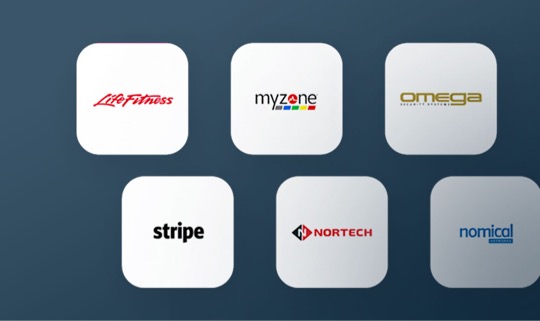In this blog I would like to share some information with you regarding the projected growth of the wearable market, according to analysts from ‘Strategy Analytics’. Firstly though, I apologise in advance for some very ‘wordy’ sentences that may be a little tricky to digest – it’s hard to write about technology and findings from analysts in lemans terms, but I’ve tried to make it a light-ish read, so here goes…
Strategy Analytics analysts predict that global wearable device wholesale revenues will grow by some 31% in 2016, with smartwatches set to take the largest amount of this revenue (see, I told you the sentences would be wordy!) The analysts expect fitness bands to remain as world-leaders in the industry in terms of units-shipped, but their average selling price will be held back by continued strong sales of the ultra-low cost bands in Asia. By 2022 Strategy Analytics predicts that the total wholesale wearable device revenue stream will fetch some US$45 billion! They see this to be primarily achieved by the predicted increase in smartwatch sales, which the analysts predict will command more than a 50% share of both wearables volume and value. Below, you will see some personal statements and projections from the Strategy Analytics analysts:
Strategy Analytics Analyst Steven Waltzer, said, “Improved usability and ecosystem momentum from next gen platforms like watchOS, along with greater consumer choice around style, fashion and standalone connectivity all bode well for smartwatches. Smartwatches will capture 62 percent of global wearable revenues in 2016, peaking in 2017 […] For smartwatches, the ability to run 3rd party applications is at the core of what makes the device ‘smart’ and the ecosystem of app developers is paramount in the effort to discover new killer use-cases beyond notifications and activity tracking. Smartwatches are currently dominated by the mid-tier (US$100-499 wholesale ASP), which is projected to account for 80 percent of smartwatch shipments, and 51 percent of smartwatch revenues in 2016.”
Cliff Raskind, Senior Director at Strategy Analytics, has conveyed his thoughts on how well ‘Fitbit’s Blaze’ and ‘Alta’ models have done within developed markets: “[they have grown] the high-tier (US$100+) fitness band segment that accounts for roughly 3 of every 4 bands sold”. In contrast, Raskind stated, the income of scarcely US$30 in less developed markets (Asia), dampens the global revenues. Long-term, Raskind predicts: “Fitness/health/sports bands to plummet to 2 percent of total wearable revenues by 2022 as more affordable, open OS smartwatches proceed to cannibalise this segment. Betting on the long term dominance of fitness bands is akin to putting all of your chips on feature phones a decade ago.”
By region, Asia Pacific took the lead in wearables volume share in 2015, and will overtake North America in value share in 2016. North America, however, is and is more than likely to remain a key area for wearables during the next five years in terms of research, design and innovation, ecosystem development, and commanding the highest average selling prices.













